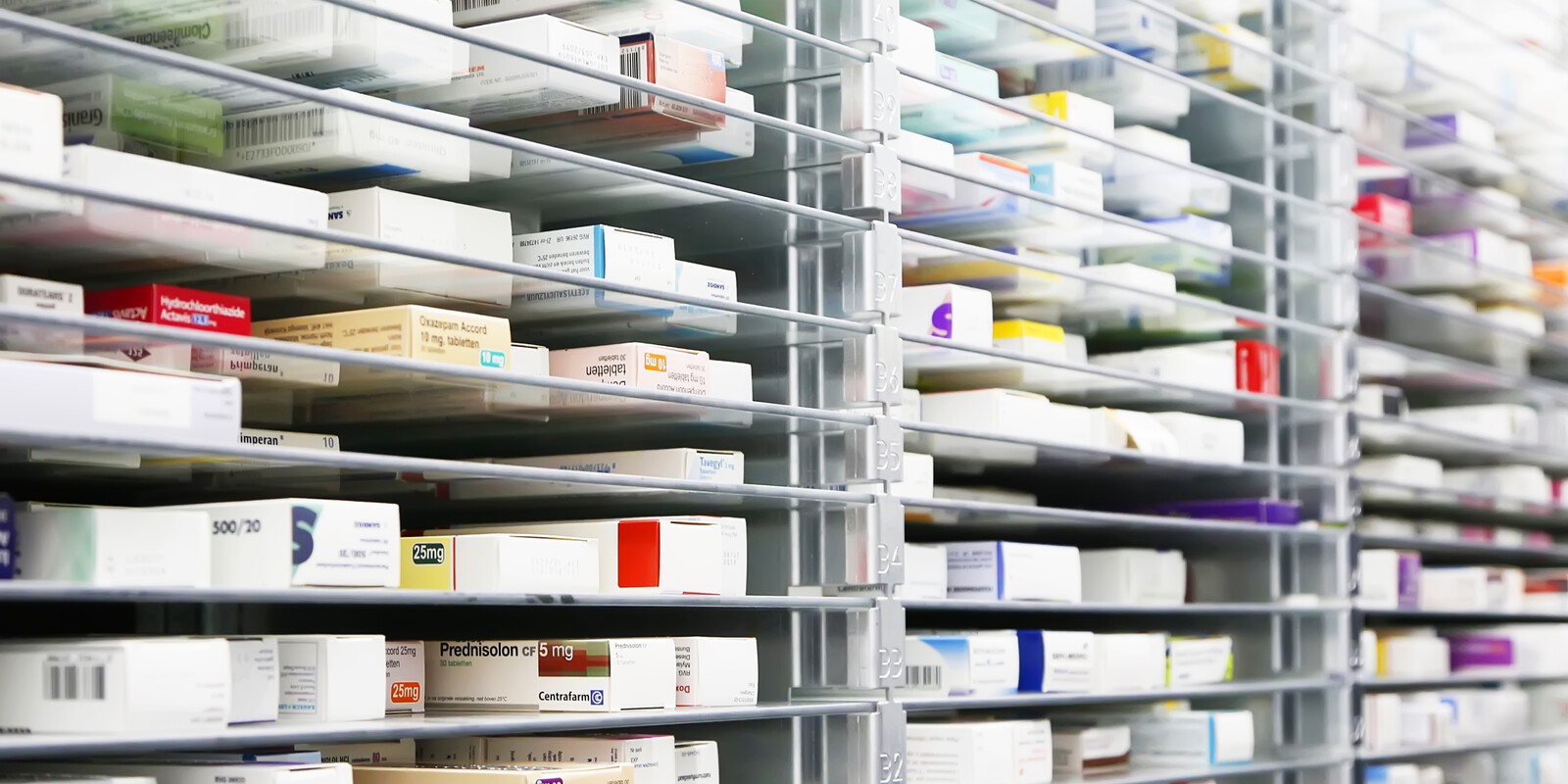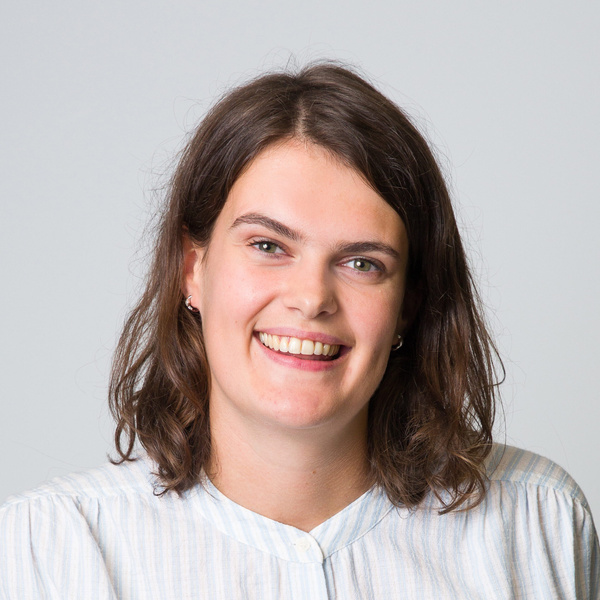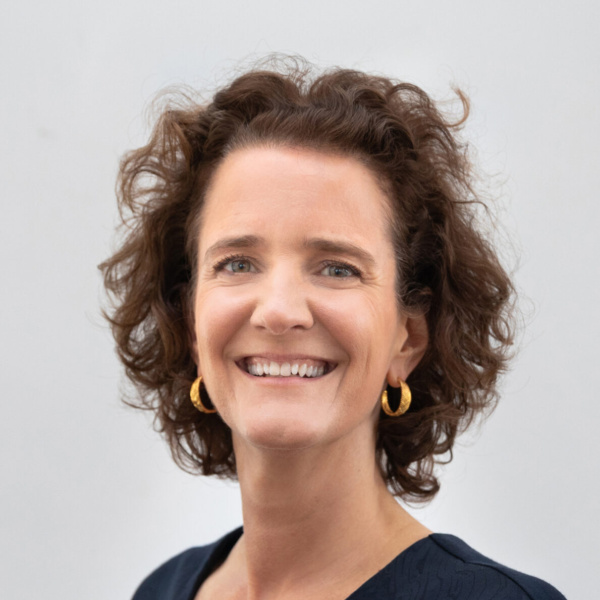Output current R&D system pharmaceuticals

Commissioned by the Dutch Ministry of Health, Welfare and Sports, SiRM mapped how many medicines have been developed since 1995 for conditions with a high burden of disease in the Netherlands. Based on EMA data on the number of new brand names that have been registered, we observe different patterns of drug development per condition. We also see different degrees of innovativeness.
The Dutch Ministry of Health, Welfare and Sports (‘VWS’) is considering whether better prioritisation of societally relevant drugs is possible given the current financial ecosystem. A recent report by SiRM into this ecosystem concluded that ultimately financial returns determine whether drugs are developed, not the expected societal impact. As a first follow-up to the report, VWS wanted to know for which conditions the current ecosystem produces many or few new drugs. This information can then form the starting point for follow-up research into the largest ‘pharmaceutical gaps’ in the Netherlands. VWS asked SiRM to draw up an overview of drugs that have been developed, focusing on conditions with major societal impact in terms of the total burden of disease.
For the 33 conditions with the highest yearly burden of disease in the Netherlands, we mapped all drugs registered with the EMA since 1995. We observe different patterns of drug development:
- A quarter of the conditions have seen continuous drug development since 1995.
- Thirty percent of the conditions show a more erratic pattern: a clear increase in the last decade preceded by limited development.
- Fifteen percent have seen little or no development in the past decade after a period of greater development.
- For about thirty percent of the conditions there has been little to no drug development. This can be caused by various reasons, such as the lack of clear pharmacological targets or the existence of other (non-pharmacological) treatment options.
There are also different degrees of innovativeness within all registered pharmaceutical brand names. For approximately 20% of substance names, multiple brand names have been registered for the same condition and treatment setting. For example, the 75 registered brand names for diabetes mellitus are based on 45 unique active substances.
Almost 95% of all drugs developed for the included conditions are accessible to Dutch insurees, most often under the same brand name but also regularly under a different brand name. About five percent of drugs are not on the market in the Netherlands.
Please refer to the publication for a complete overview per condition.



